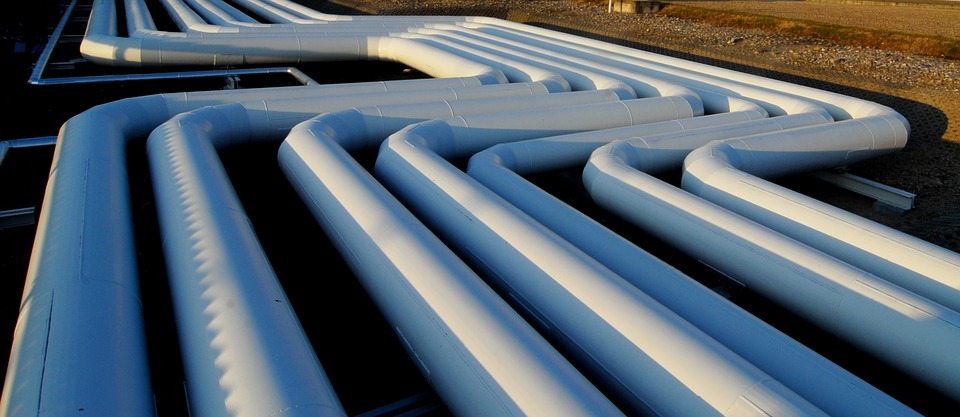
Maintaining a full sales pipeline will help your waste removal company succeed by providing your sales reps with a steady flow of leads in various stages of the purchasing process. But unless you're familiar with it, you might be wondering what a sales pipeline is and how exactly it can benefit your waste removal company. In this post, we're going to break down the term "sales pipeline," revealing everything you need to know about this strategic B2B sales tool.
Overview of Sales Pipelines
A sales pipeline is essentially a representation of your waste removal company's leads and prospects at different stages of the sales process. A typical sales pipeline may include five stages: lead prospecting, lead qualification, initial meeting, sales proposal and sales acceptance. If you use a sales pipeline, you can see exactly how many prospective buyers your waste removal company has in its each of these stages. Sales pipelines are typically created as a bar graph, providing insight into your waste removal company's sales strategy.
Why You Need to Keep Your Sales Pipeline Full
Failure to keep waste removal company's sales pipeline full is a serious mistake that will restrict your ability to generate sales. As previously mentioned, a sales pipeline contains prospective buyers in different stages of the sales process. When your waste removal company's sales pipeline dries up, you won't have any prospective buyers to whom you can pitch your products or services.
Tips on Keeping Your Sales Pipeline Full
You can keep your waste removal company's sales pipeline full by following these tips:
- Pay attention to the stages in which your waste removal company has few or no prospective buyers.
- Subscribe to SalesLeads Inc Office Project Reports, identified projects or leads that are ready to be called and entered into the sales cycle.
- Contact Office Project Reports or any leads within 24 hours of acquisition.
- Ask existing customers for referrals.
- Listen to prospective buyers and address their unique needs and concerns.
- Focus on attracting relevant, high-quality leads.
- Use social media to nurture prospective buyers through your sales pipeline.
Sales Pipeline vs Sales Funnel: What's the Difference?
The terms "sales pipeline" and "sales funnel" are often used interchangeably. While similar, though, a sales pipeline is not the same as a sales funnel. Both terms refer to a representation of your B2B company's leads and prospects. The difference is that sales funnel becomes narrower towards the bottom by focusing on the key conversion steps, thus representing leads and prospects who are highly qualified and potentially ready to make a purchase. In comparison, sales pipelines consist of leads and prospects in all stages of the sales process.
What to learn more? Get in Touch
Latest Posts
-
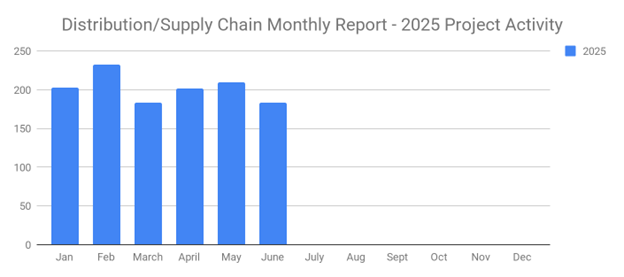
June's New Distribution and Supply Chain Planned Projects Return to March’s 183 Confirmed Figure
-
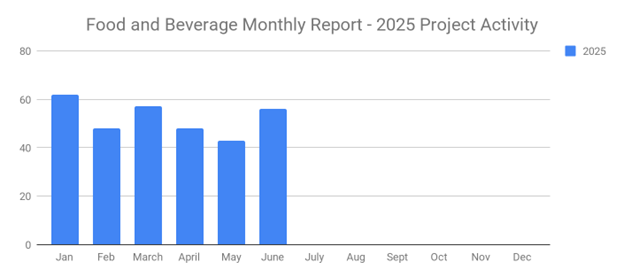
Food and Beverage Rebounds with 56 New Planned Projects Igniting Growth After Decline
-
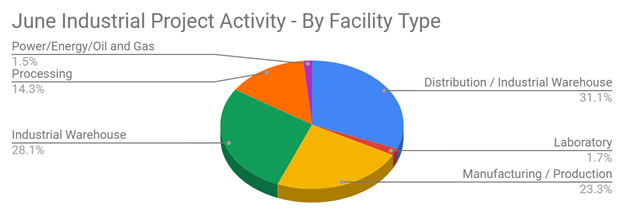
June 2025’s New Industrial Construction Projects Grew 7% Month-Over-Month
-
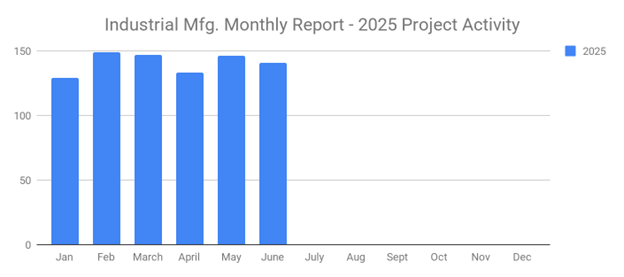
Q2 Industrial Manufacturing Soars 31% for Planned Projects Over $100M; June Planned Industrial Projects Hit 141

